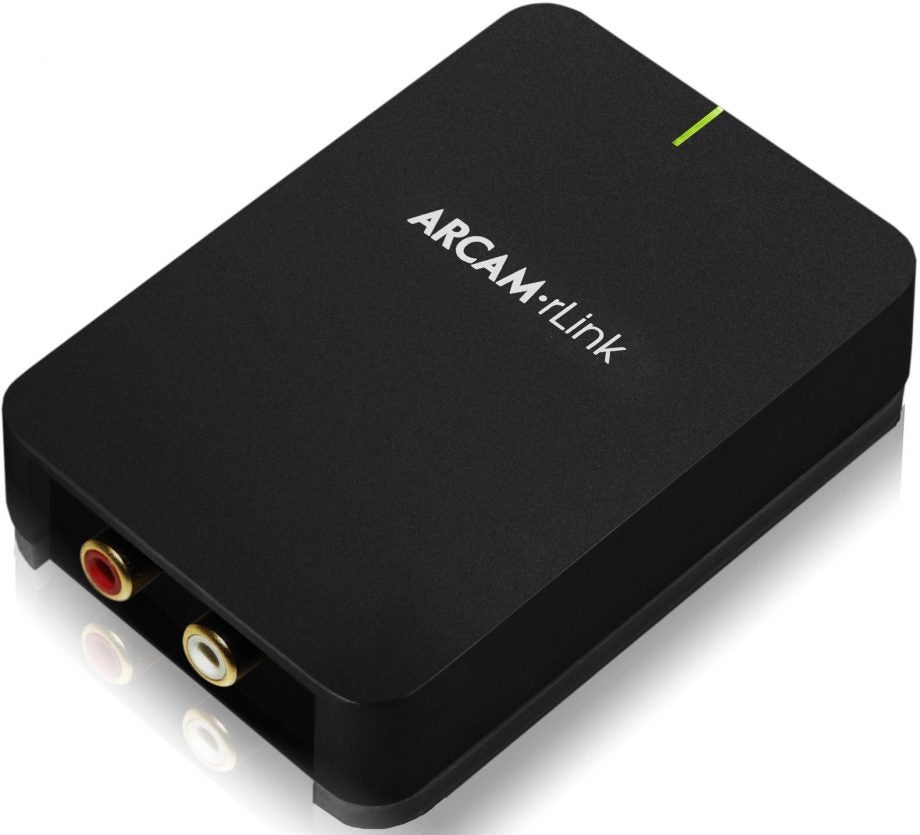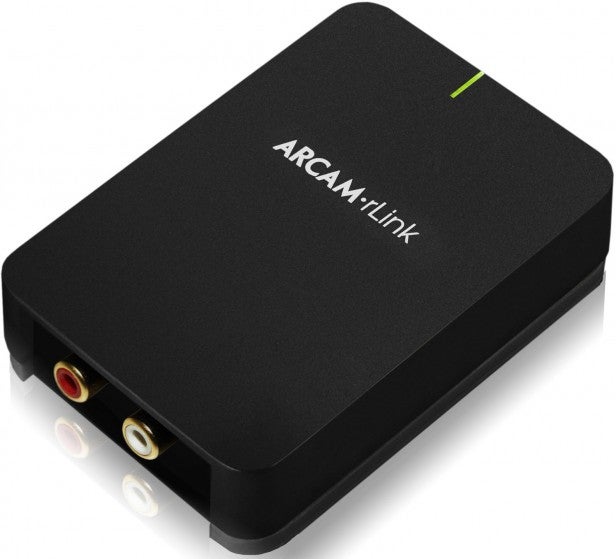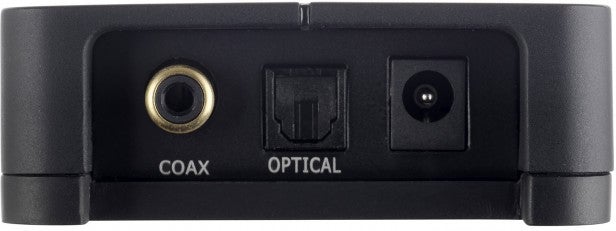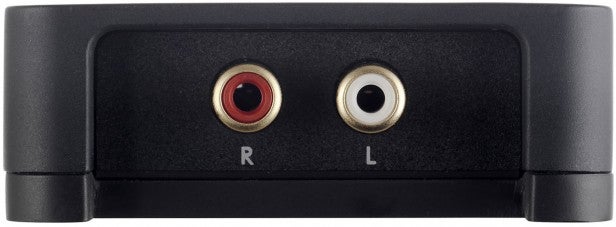Arcam rLink Review
Arcam rLink
Breathe new life into your HiFi system with this high quality discrete DAC.

Verdict
Pros
- Removing jitter & cleans up audio source
- Warm, crowd pleasing sound signature
- Excellent build quality, discrete design
- Potentially negates need to upgrade existing audio equipment
Cons
- No USB input or 3.5mm jack output
Key Specifications
- Review Price: £149.00
- Integrated TI Burr-Brown PCM5102 DAC
- Optical & Coaxial inputs
- Dual RCA outputs
- 10Hz - 20kHz Frequency Response
Much like your favourite band, when technology companies get on a roll you just want them to keep doing what they are doing. This rarely works with bands determined to change things around and technology companies determined to chase the latest fashion or fad. Happily Arcam knows when it is on to a good thing.
Features
The rLink is the latest addition to the company’s rSeries line of audiophile grade products that integrate a Burr-Brown DAC in various form factors to enhance your listening enjoyment. It follows the rPAC (a USB powered headphone amplifier), and drDock (a iPhone/iPad charge dock with audio and video outputs) and is arguably the simplest of the bunch: a wired DAC that cleans up a digital source (be it from a TV, games console, media player, etc) on its way to your speakers or hi-fi.

Essentially this means the Arcam rLink is a middleman that – if it does its job well – will breathe new life into existing equipment. To set about this the rLink has coaxial and optical inputs on one side and left/right RCA outputs on the other. There is also a power port alongside the inputs as, unlike the rPAC, none of these sources can power the device. Setup is merely a case of connecting the source device and destination output to the rLink and switching it on at the power socket. This is the true definition of plug and play.
Design
Much like a good referee, the role of the rLink is therefore to be heard, but not seen and as such it has a deliberately innocuous appearance somewhat akin to a rectangular Apple TV. At 100 x 75 x 25mm it is of a similar size too, but weighs a noticeable 350g.
In a lounge-based scenario the weight is a good thing as it comes from premium build materials. The rLink has a heavy cast aluminium exterior coupled with a tasteful black finish and thick, damped rubber base. We wouldn’t suggest throwing it around, but the rLink certainly suggests it can take its fair share of knocks and it also won’t be a dust magnet – a small mercy given the wider obsession with glossy piano black.

Performance
So back to the DAC itself. Like the rPAC and drDock, the rLink uses a TI Burr-Brown PCM5102 which supports sample rates up to 192kHz with 24bit depth and has a frequency response of 10Hz – 20kHz. Other stats Arcam is keen to point out are a signal-to-noise ratio (A –Weighted) of 106dB (24bit), line output level of 2.15Vrms and Total Harmonic Distortion Noise of 0.002% – signs that adding the rLink into your system should introduce no real world detectable interference.
Given the success of the Arcam rPAC and drDock you would think using the same core component should have a similar success and happily, like a strong new album from your favourite band, the Arcam rLink does deliver. Like any DAC the rLink is just one factor in a wider system so the payoff is best when combined with a high quality audio source and decent speakers, but the improvement even on mediocre setups is undeniable.

Having now sampled the Burr-Brown PCM5102 DAC in three different scenarios we have become accustomed to its sound signature and it is a real crowd-pleaser, bringing greater clarity, depth and deeper, more resonant bass. Of course should the rLink be connected to a hi-fi with its own customisable settings this can be altered so it is equally important that the rLink does a fine job of cleaning up the audio source.
A particularly cool setup we discovered was to connect the rLink to an Apple Airport Express at which point it is intercepting and converting audio sent wirelessly from your iPod/iPhone/iPad/iTunes to the speaker system. In this arrangement you will need your own 3.5mm to digital optical cable (AirPort Express optical output shares the 3.5mm jack), but all other situations Arcam bundles coaxial and optical cables.

Value
Complaints? While we continue to be impressed with the audio performance of Arcam’s new range we can’t help but notice the potential to integrate rLink and rPAC functionality into a single device. It may cost more, but at £150 apiece there would surely be a saving to be made. That said we suspect audiophiles won’t plan to move a single device around their home, but rather have it plugged in full time and for a sector happy to pay thousands for their perfect setups reinvigorating them for £150 will be a snip.
Verdict
With the rLink Arcam continues the good work of the rPAC and drDock by combining the same premium build materials with the excellent Burr-Brown PCM5102 DAC and this time breathing new life into ageing speaker systems and hi-fis. We can’t help but think there is potential to combine the rPAC and rLink’s functionality into a single product, but it is hard to complain about a single purpose device that does its job so well. At £150 the rLink is also a sound investment given it may stop you upgrading your HiFi system altogether.
Trusted Score
Score in detail
-
Performance 9
-
Value 8
-
Features 7
-
Build Quality 9
-
Design 9

